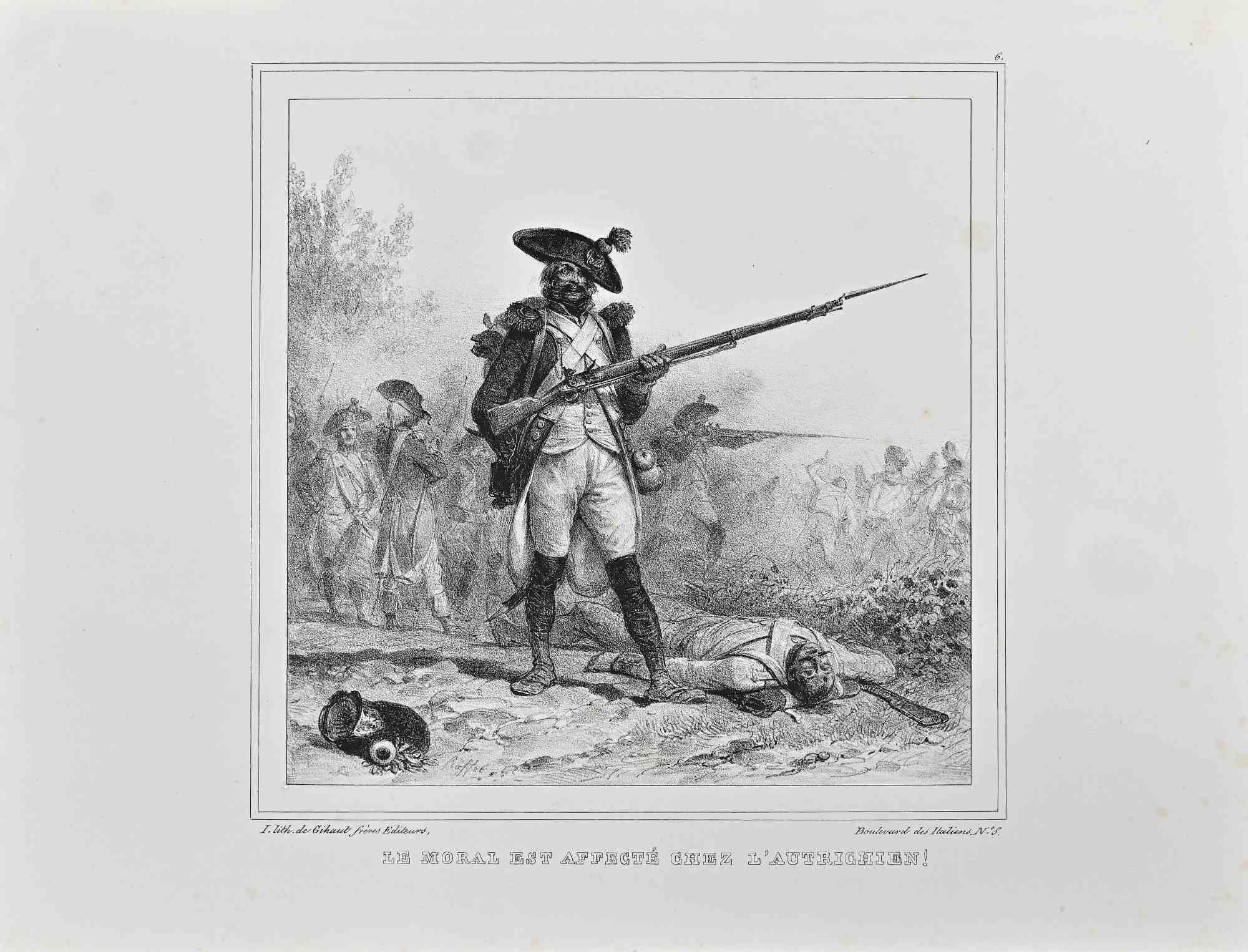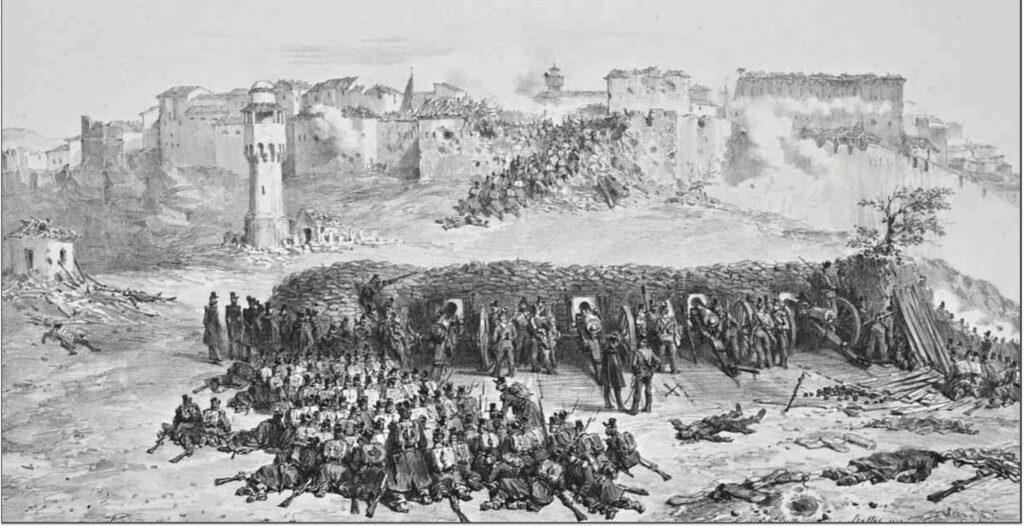
The Commodification of Art: Lithography as an Affordable Alternative
The 19th century witnessed a revolution in the world of art with the emergence and rising fame of lithographs. Lithography was an innovative printing technique that captured the attention of artists and audiences alike.
Origin of Lithography
Lithography, invented in the late 18th century by Alois Senefelder, quickly gained recognition due to its unique capabilities. Unlike traditional printmaking methods, which relied on etching or engraving, lithography allowed artists to work directly on a smooth limestone surface using oil-based crayons or ink. The process involved chemically treating the stone to ensure ink acceptance only in desired areas, resulting in intricate and detailed prints.
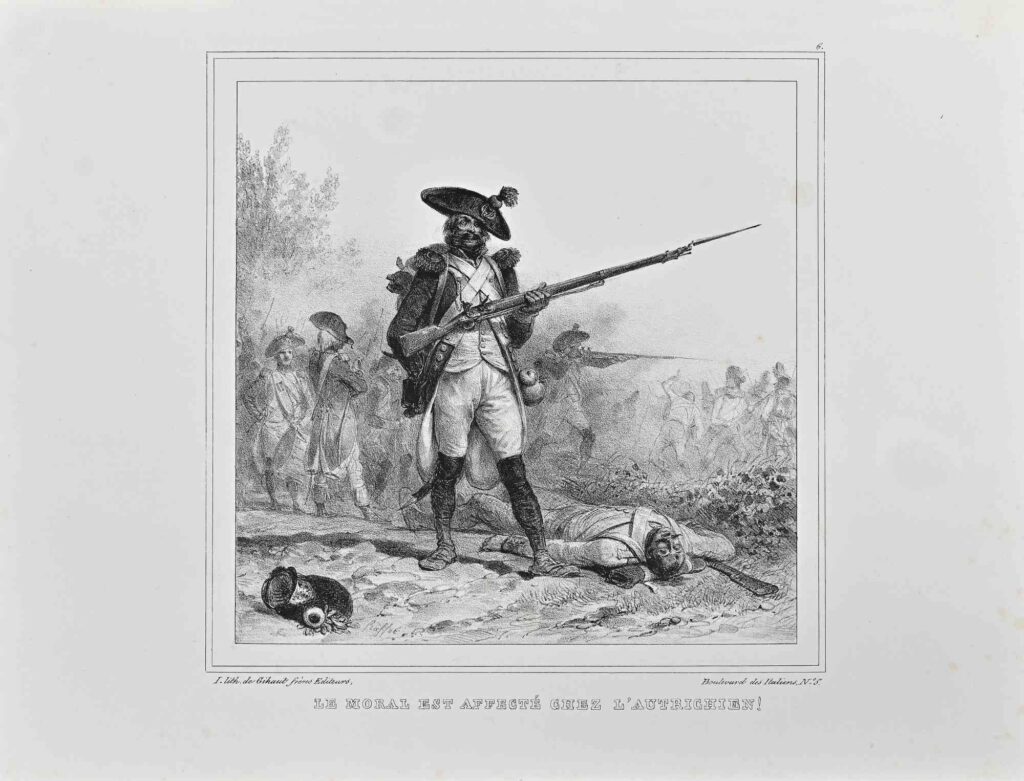
Popularity of Lithography
One factor that contributed to the fame of lithographs during the 19th century was their affordability and accessibility to the general public. Prior to lithography, prints were predominantly produced by skilled artisans, making them limited in quantity and expensive. Lithographs, on the other hand, could be easily reproduced and sold at a fraction of the cost. This offered a faster and cheaper alternative, making art more accessible to the middle class.
Another important factor contributing to the spread of lithographs was the rise of the print trade. Lithographic printmakers established collaborations with publishers, who would invest in the production and distribution of prints.
Consequently, lithographs thrived in conjunction with the rapid developments in publishing and journalism during the 19th century. As newspapers, magazines, and illustrated books flourished, lithography played a key role in providing visually captivating content.

Versatility of Lithography
Lithographs also gained popularity due to their versatility and ability to reproduce various artistic styles and subjects. Artists embraced this new medium as it offered them greater control and the opportunity to translate their original works into multiple prints. Genre scenes, landscapes, portraits, and historical events became widely accessible in the form of lithographic prints. Artists such as Auguste Raffet, and Paul Gavarni, utilized lithography to create powerful and socially relevant images.
War has always been a subject of fascination for artists, and throughout history, many painters, sculptors, and printmakers have attempted to depict the horrors and heroism of armed conflict. Through his detailed and evocative lithographs, the French artist Auguste Raffet immortalized the reality and emotions of battle during the 19th century. Through his prints, he offered a glimpse into the harsh realities of conflict, allowing viewers to connect with the emotions and experiences of soldiers on the battlefield.
On the other hand, Paul Gavarni, a 19th-century French artist and illustrator, is known for his insightful and satirical depictions of Parisian society. One of his most notable works is a collection of lithographs called “Masques et Visages,” which delves into the world of the French bourgeoisie, focusing on the masks people wear to fit in with their social circles. It also provides a captivating glimpse into the elegant but often hypocritical world of the French upper class.
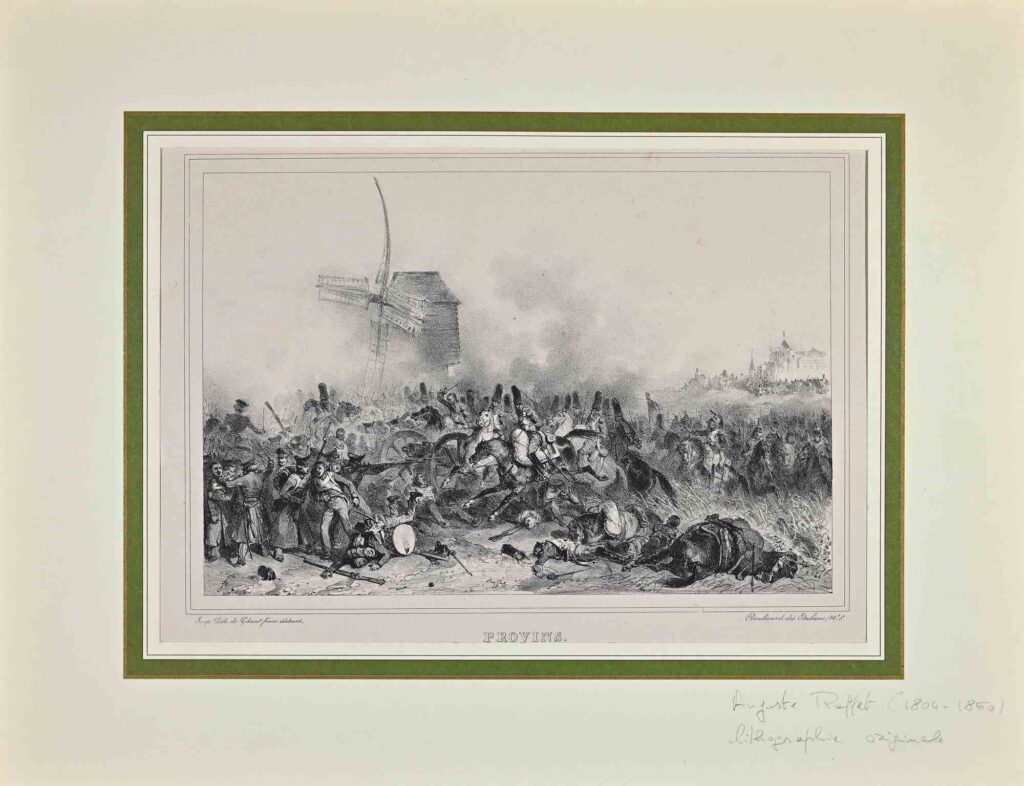
Lithographs as Commodity
The expansion of the art market during the 19th century also meant that art became a commodity for investment purposes. As the economy improved and the middle class grew, more people sought to decorate their homes with art. Lithographs were a perfect solution because they offered an affordable and easily replaceable alternative to original artworks. The ability to purchase a lithograph of a famous painting, rather than an expensive original, allowed individuals to claim a connection to the art world and display their cultural capital.
However, while lithographs democratized art consumption to some extent, they also faced criticism from artists and art critics who argued that the technique devalued the original work. Artists felt that prints cheapened their creations and diminished their status as unique objects. The concern over the loss of artistic integrity and the commercialization of art led to debates among artists, critics, and art institutions.
Nevertheless, despite the controversy surrounding lithography, the spread of prints and the changes in the art market during the 19th century significantly impacted the accessibility and popularity of art to a broader audience. The advent of lithographs allowed more people to appreciate and engage with art, transforming the relationship between artists, art institutions, and the public.

Conclusion
Today, lithographs are not only historical artifacts but also a testament to the changing dynamics of the art market and the evolving ways in which art is consumed, appreciated, and valued.
Related artworks
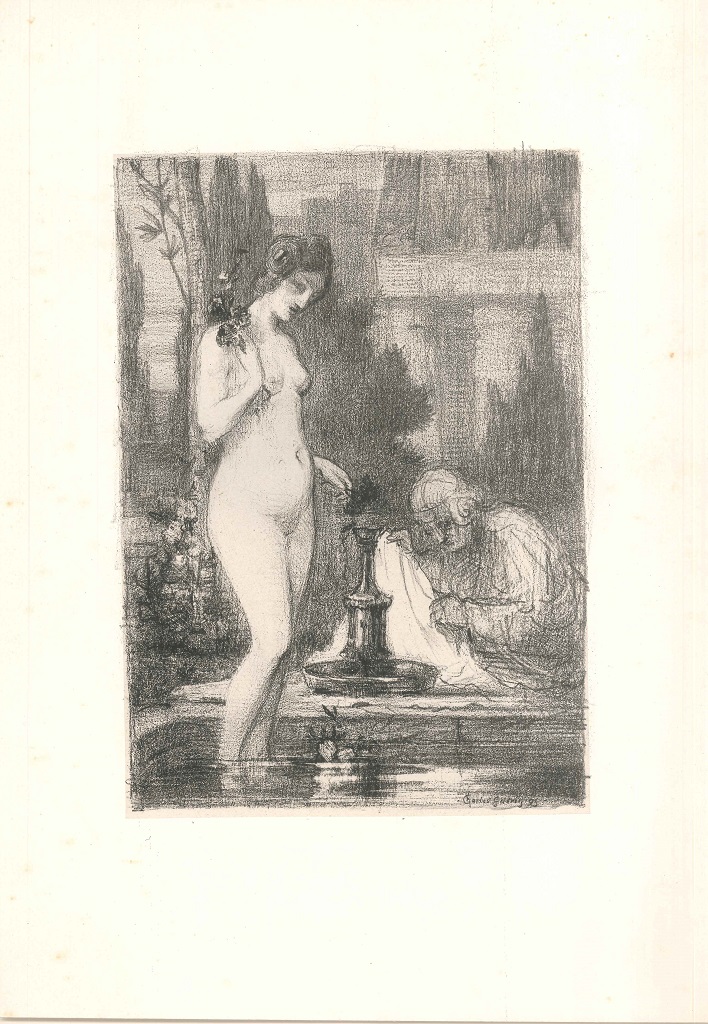
Nude at the Fount
Charles Guerin
Lithograph
320€
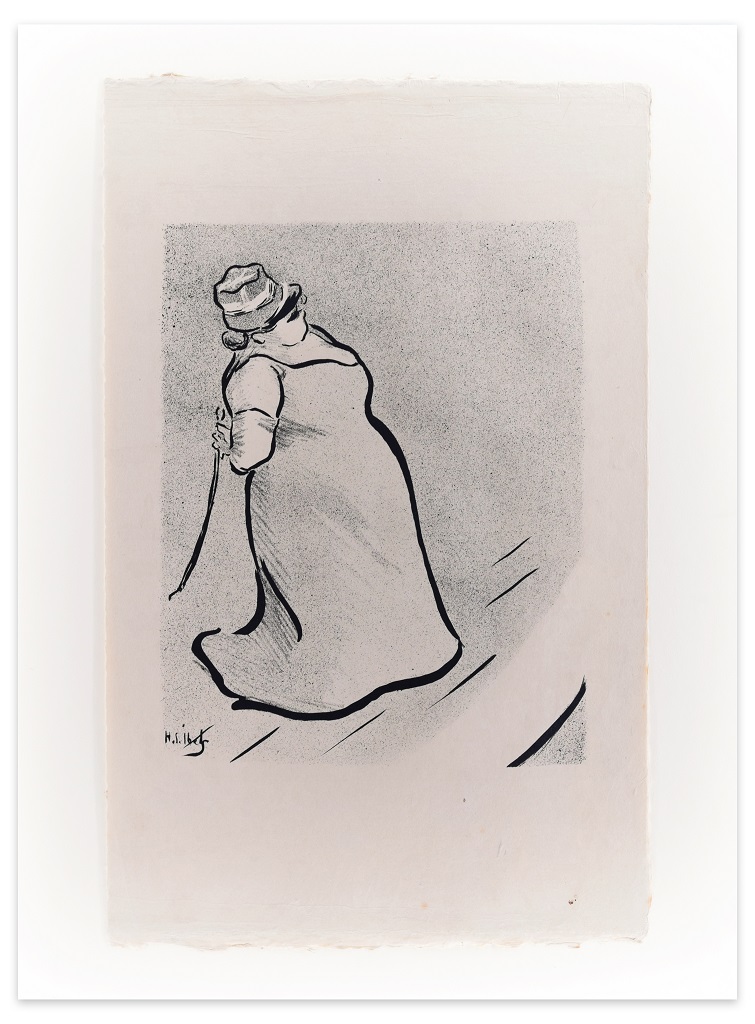
Jeanne Bloch - From Le Café Concert
Henri Gabriel Ibels
Lithograph
800€
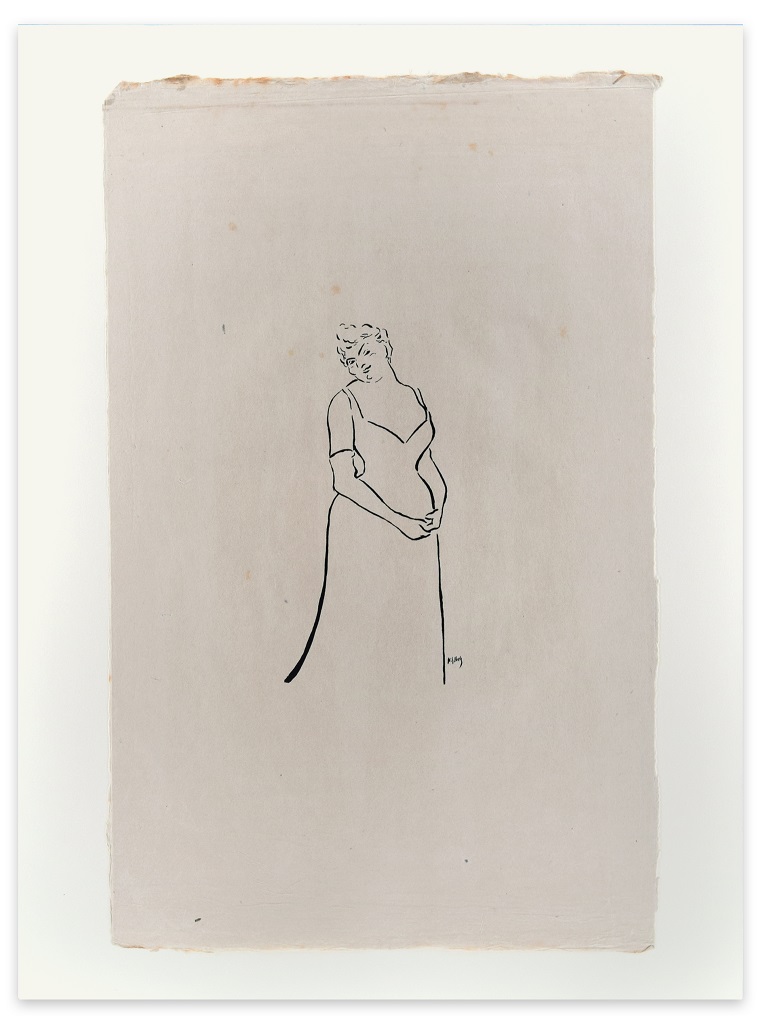
Anna Thibaud - From Le Café Concert
Henri Gabriel Ibels
Lithograph
750€
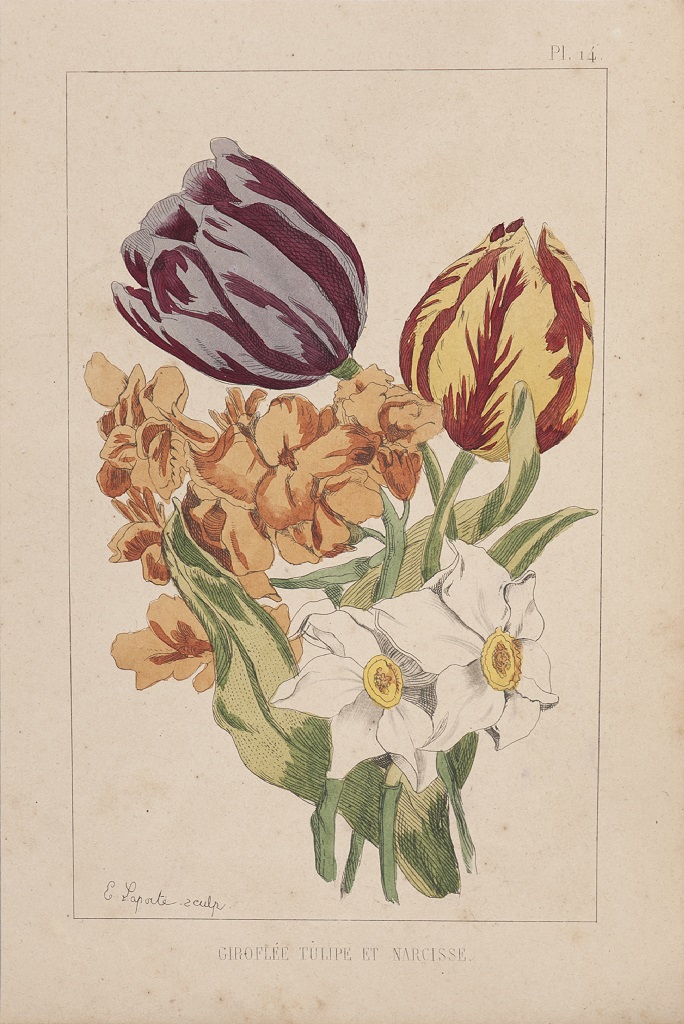
Carnation, Tulip and Narcissus
Hermann Paul, Denis Dide
Lithograph
200€
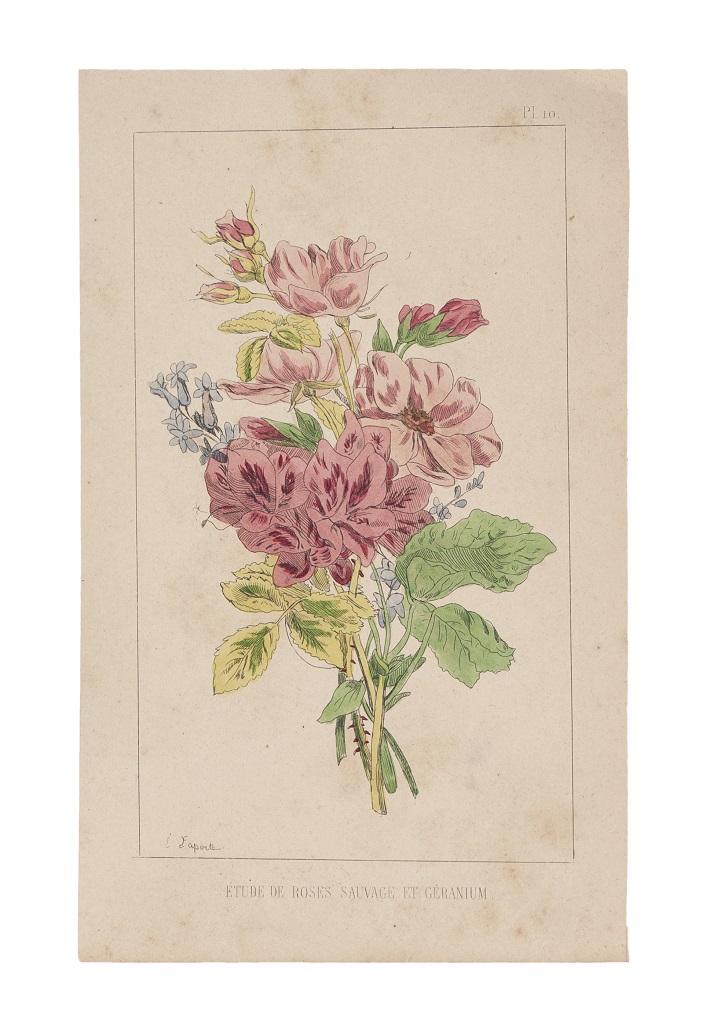
Wild roses and Geranium
Hermann Paul, Denis Dide
Lithograph
200€
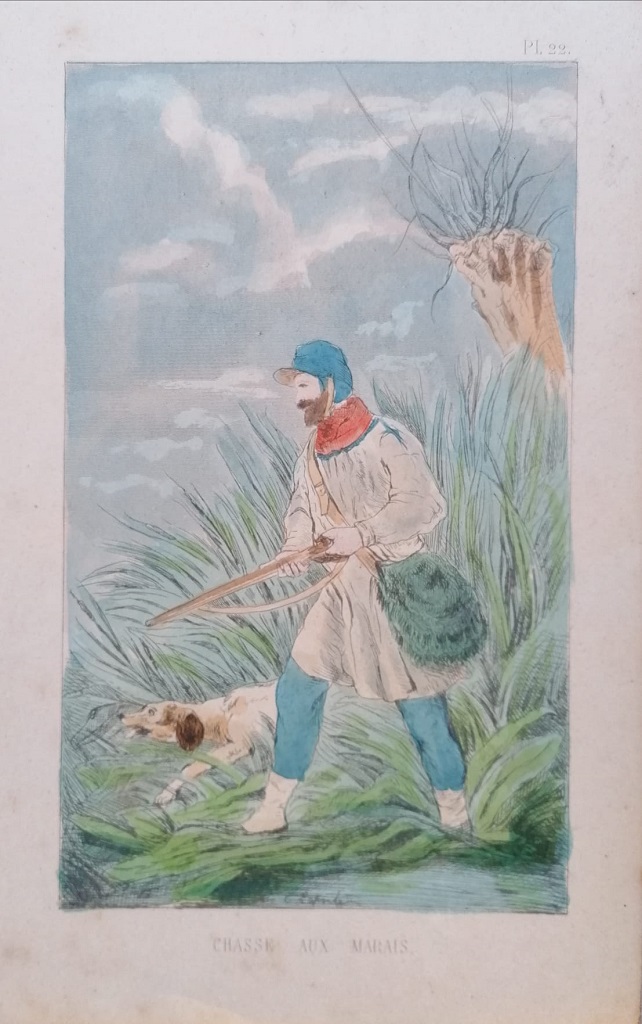
Chasse aux Marais
Hermann Paul, Denis Dide
Lithograph
200€
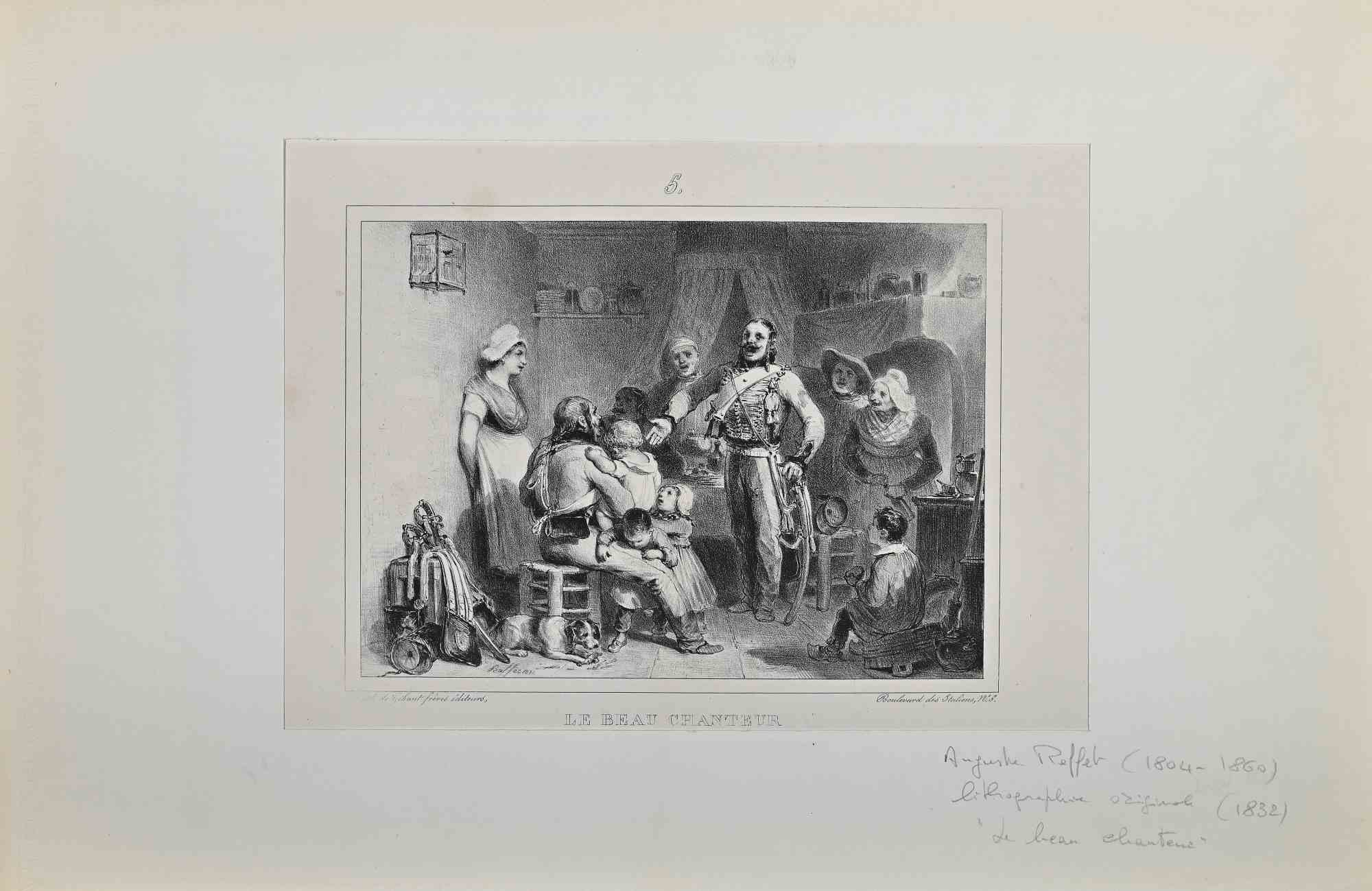
The Beautiful Singer
Denis Auguste Marie Raffet
Lithograph
375€
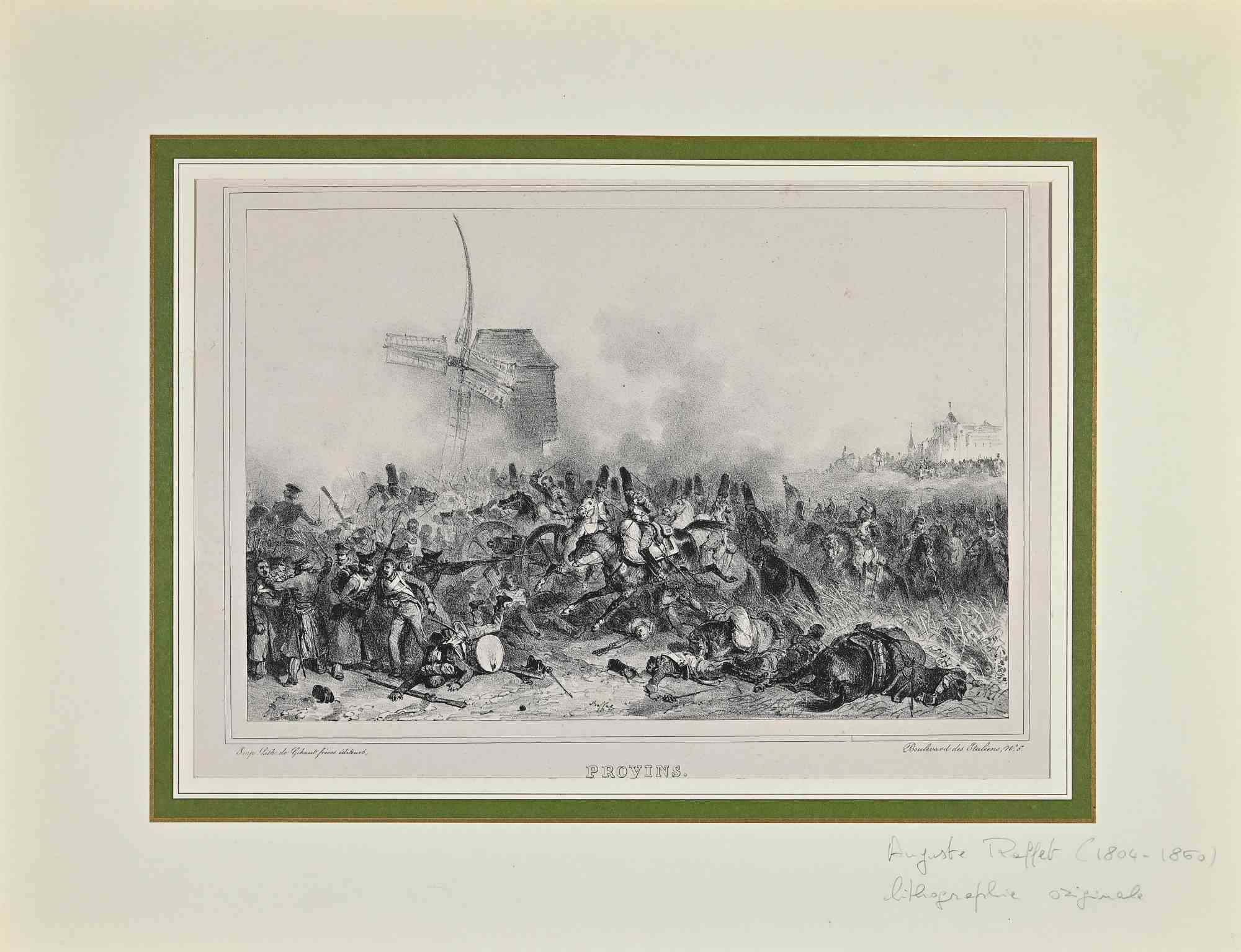
Provins
Denis Auguste Marie Raffet
Lithograph
281€
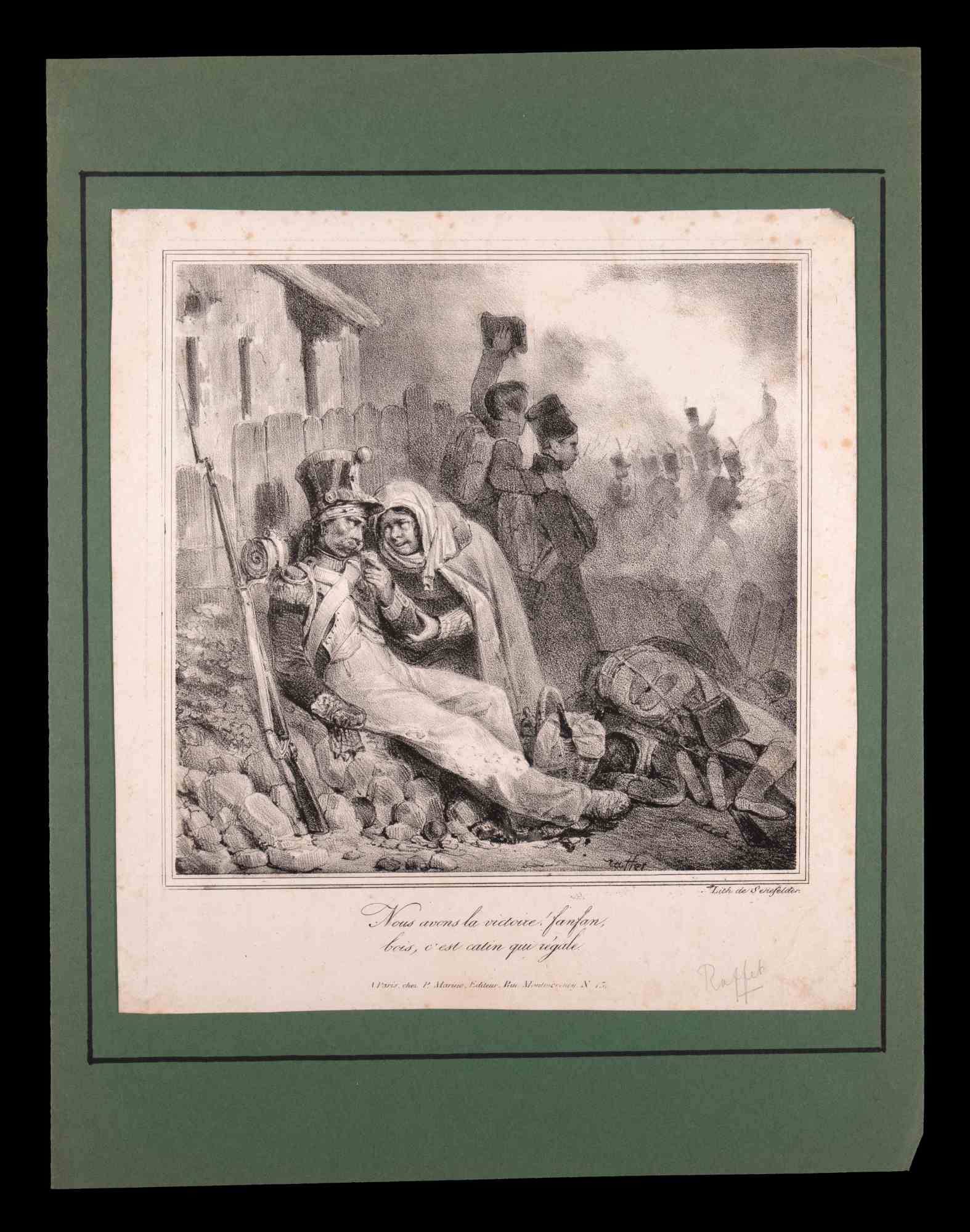
Nous Avons la Victoire!
Auguste Raffet
Lithograph
225€
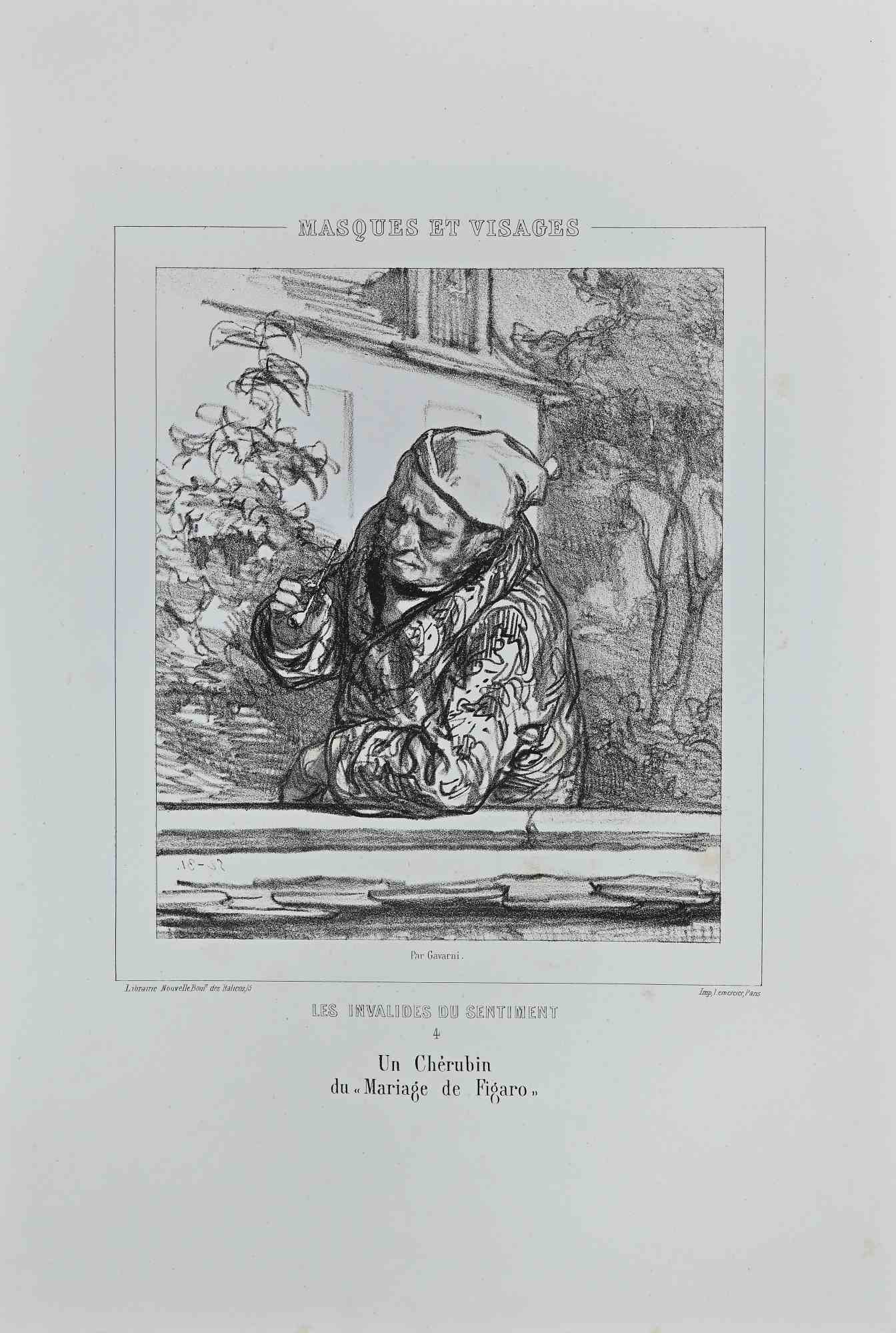
Les Invalides du Sentiment
Paul Gavarni
Lithograph
200€
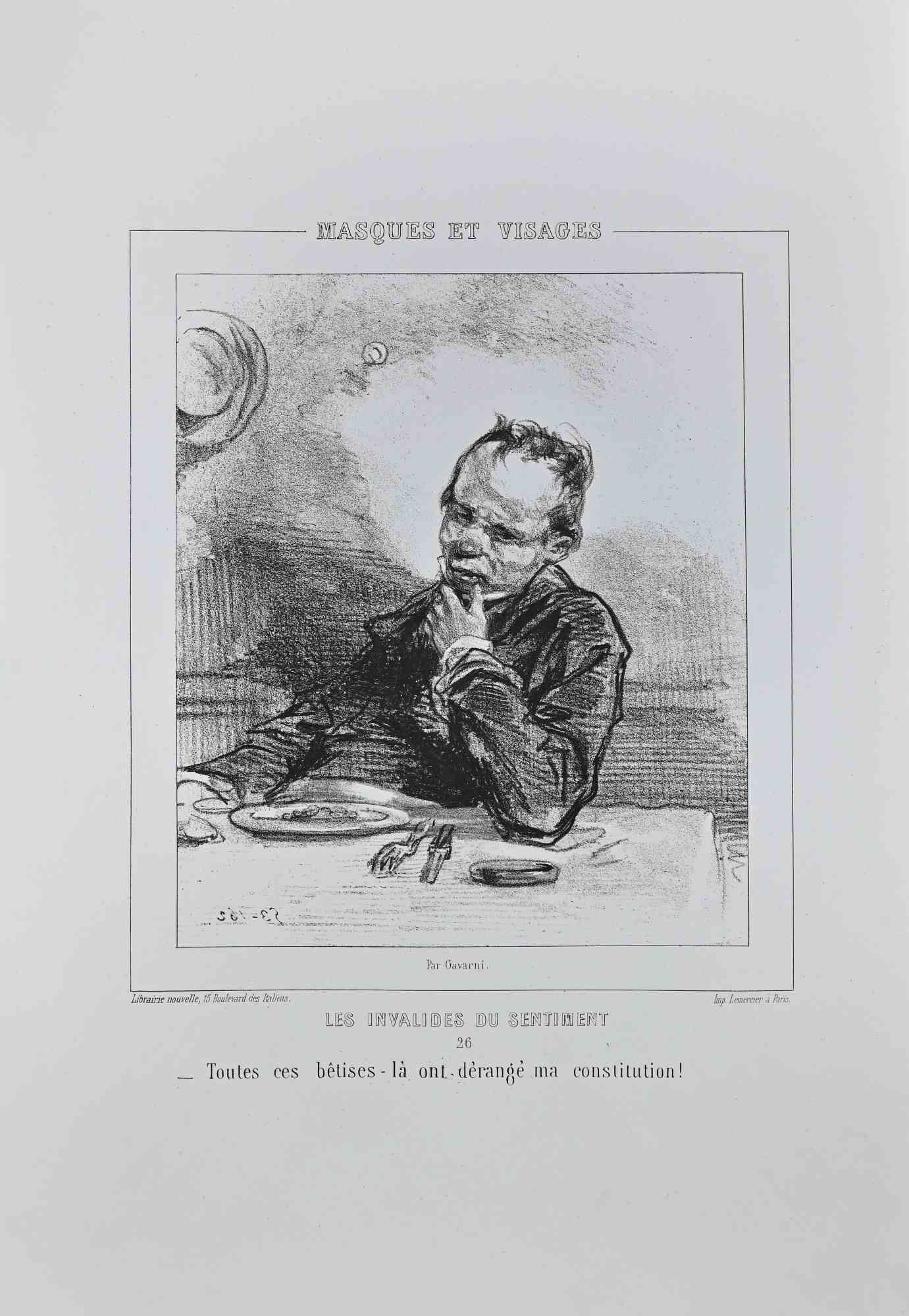
Les Invalides du Sentiment
Paul Gavarni
Lithograph
200€
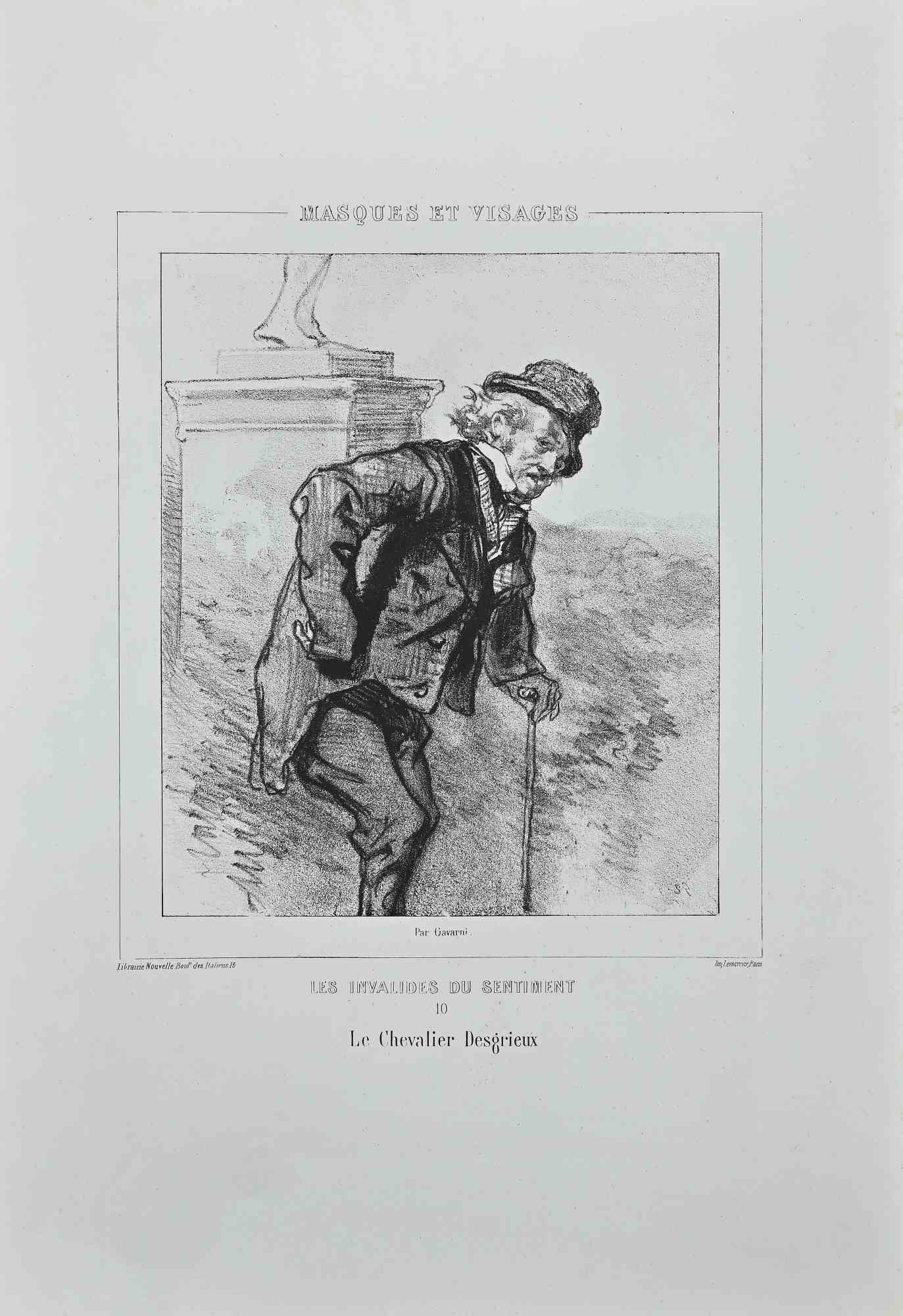
Les Invalides du Sentiment
Paul Gavarni
Lithograph
200€
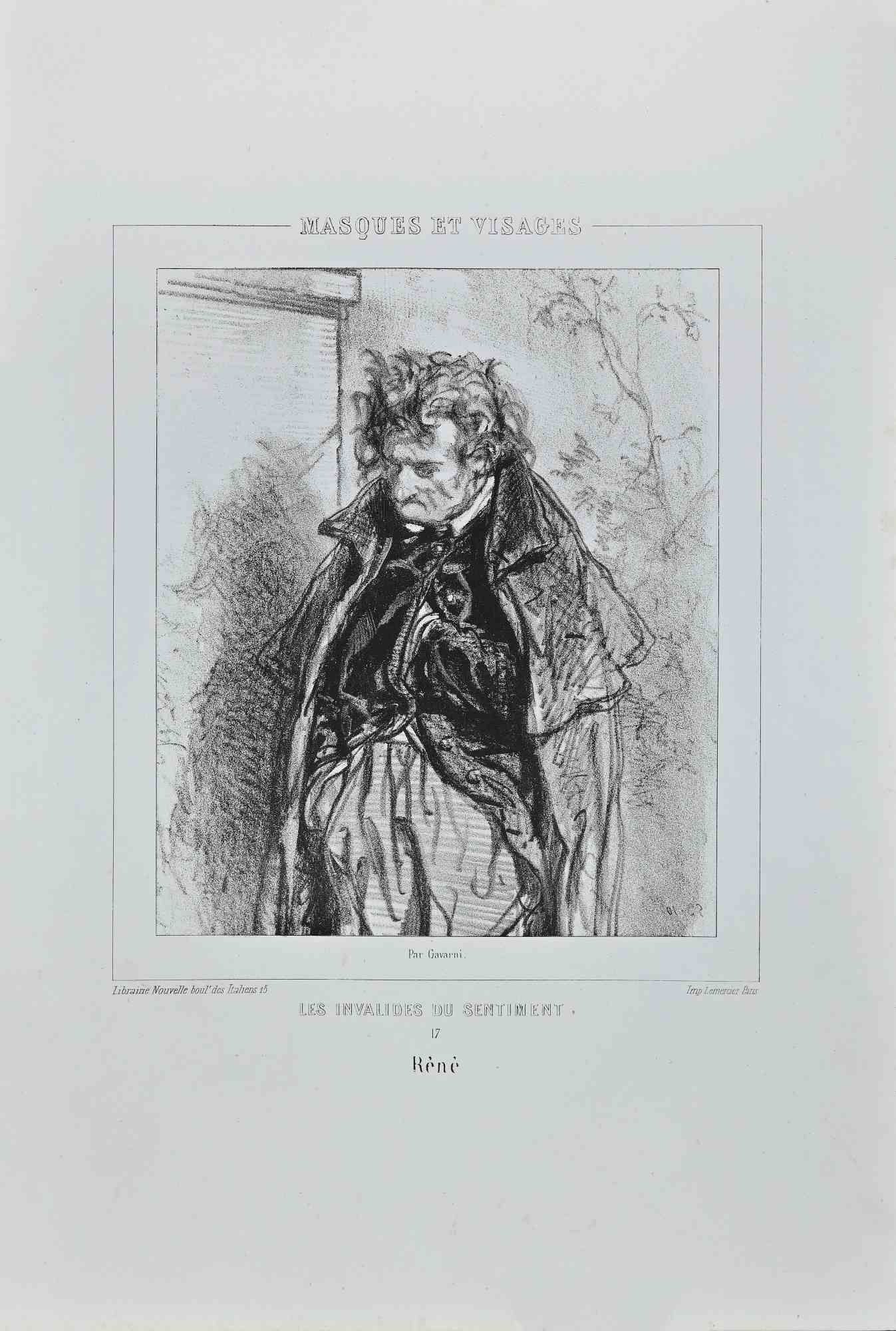
Les Invalides du Sentiment
Paul Gavarni
Lithograph
200€
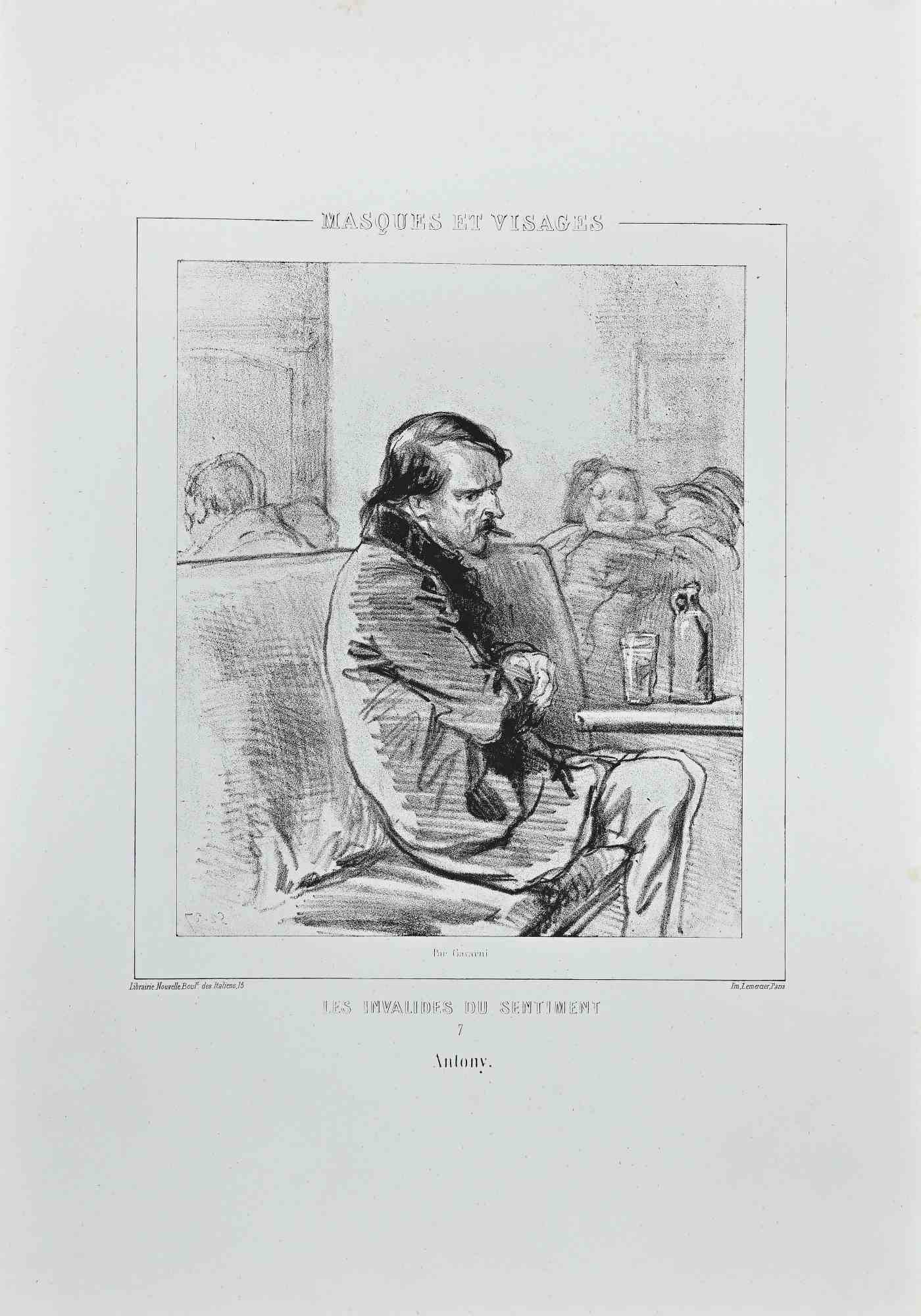
Les Invalides du Sentiment
Paul Gavarni
Lithograph
200€
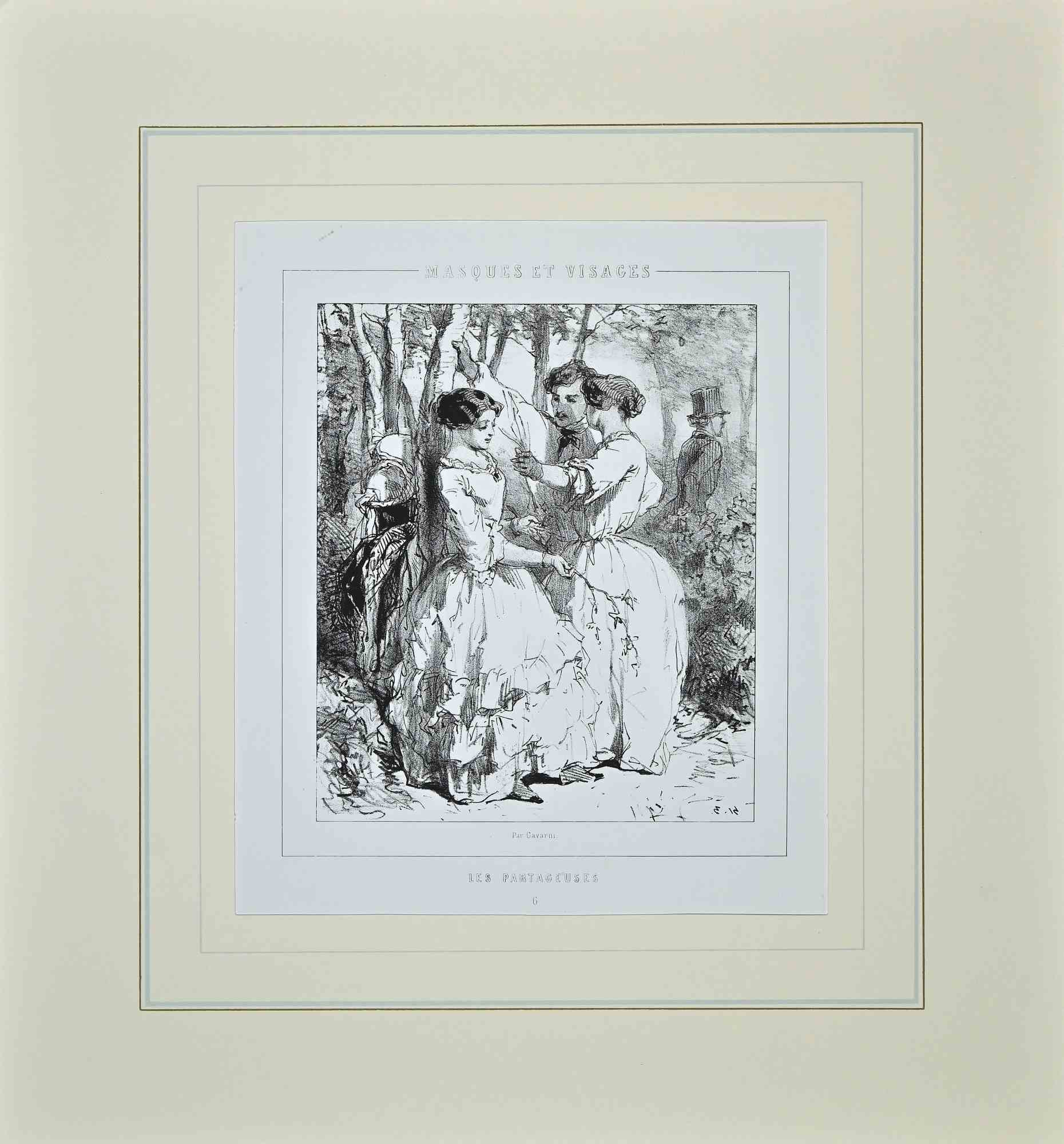
Les Partageuses
Paul Gavarni
Lithograph
200€
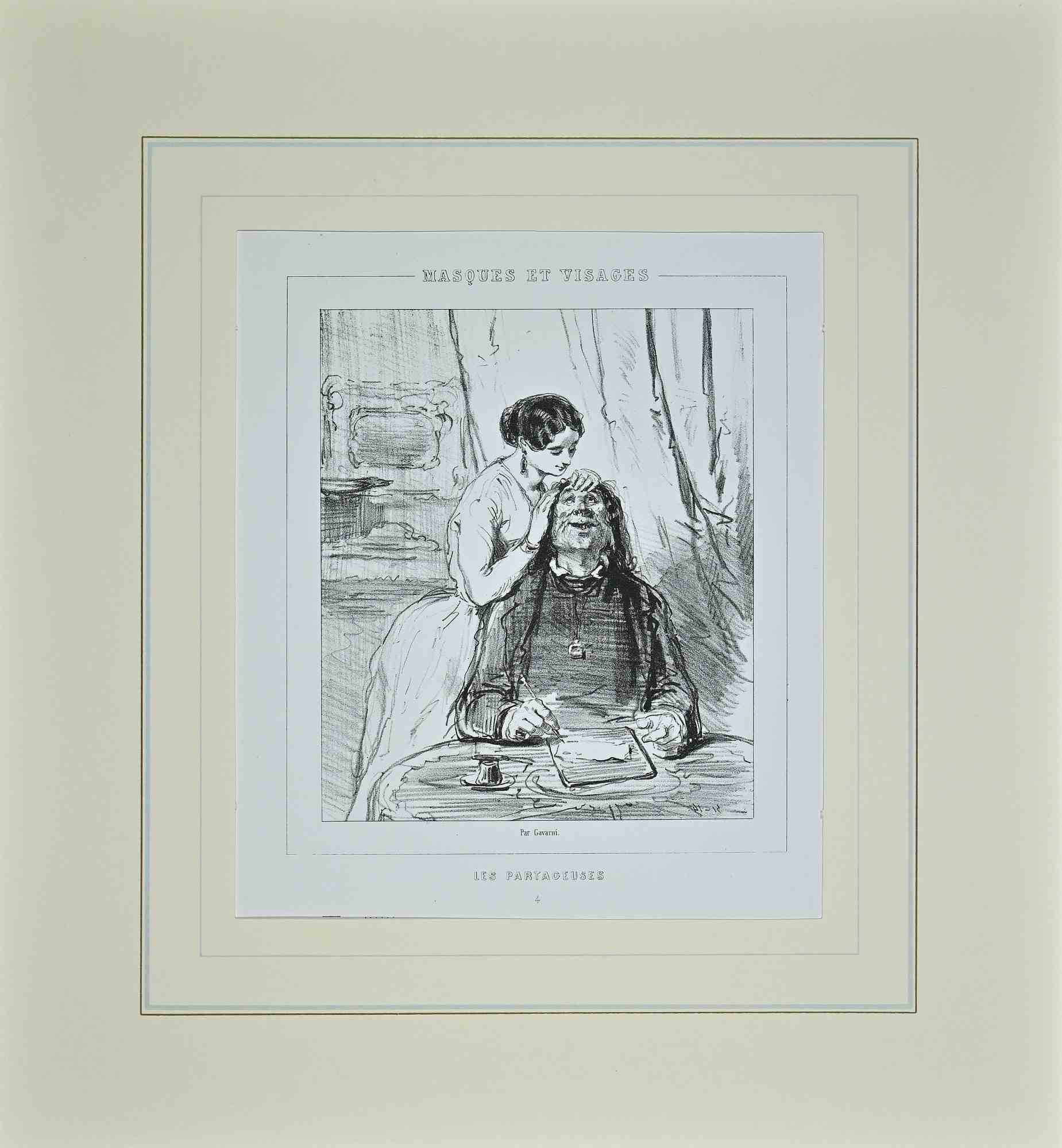
Les Partageuses
Paul Gavarni
Lithograph
200€
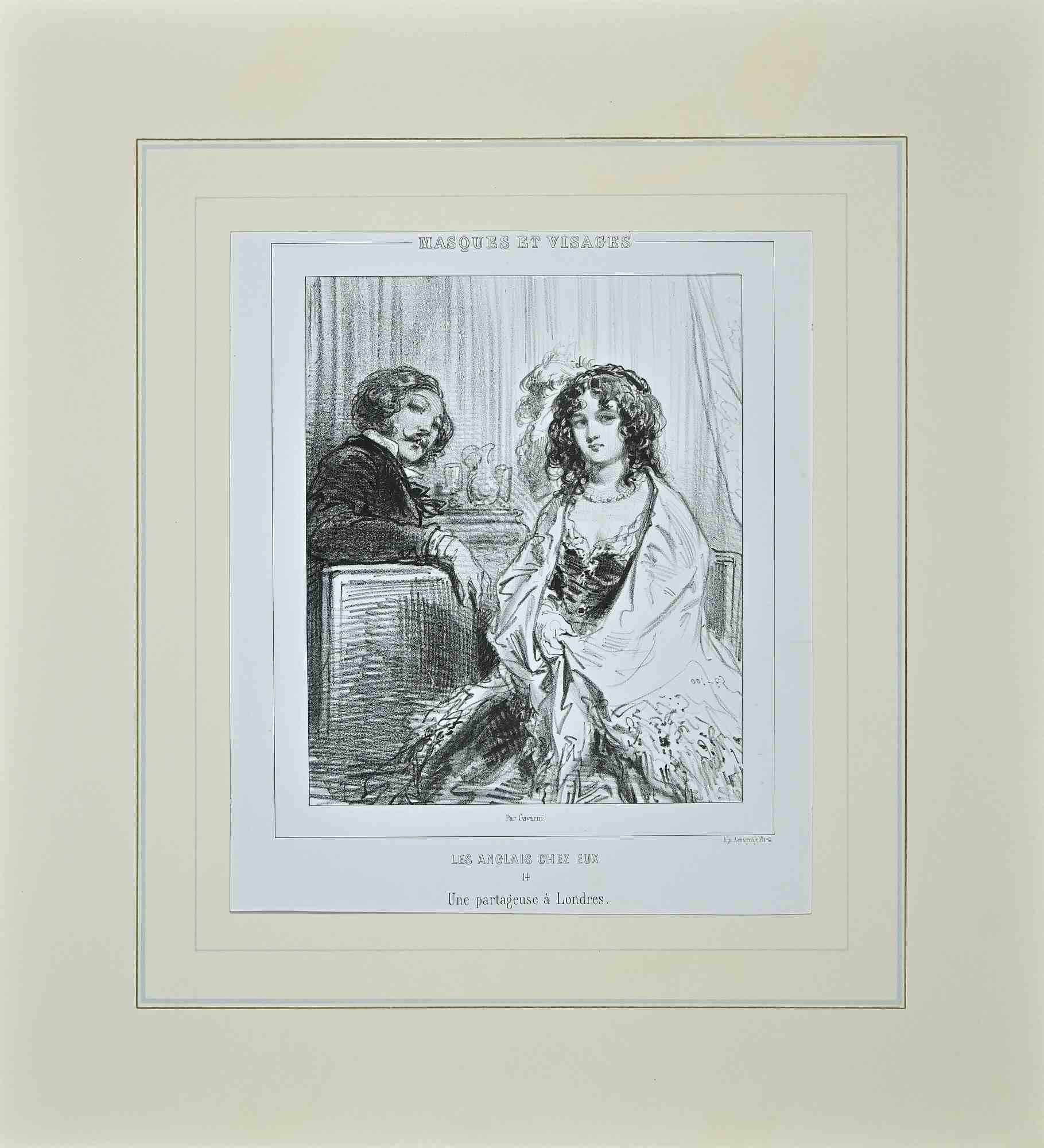
Une Partegeuse a Londres
Paul Gavarni
Lithograph
220€
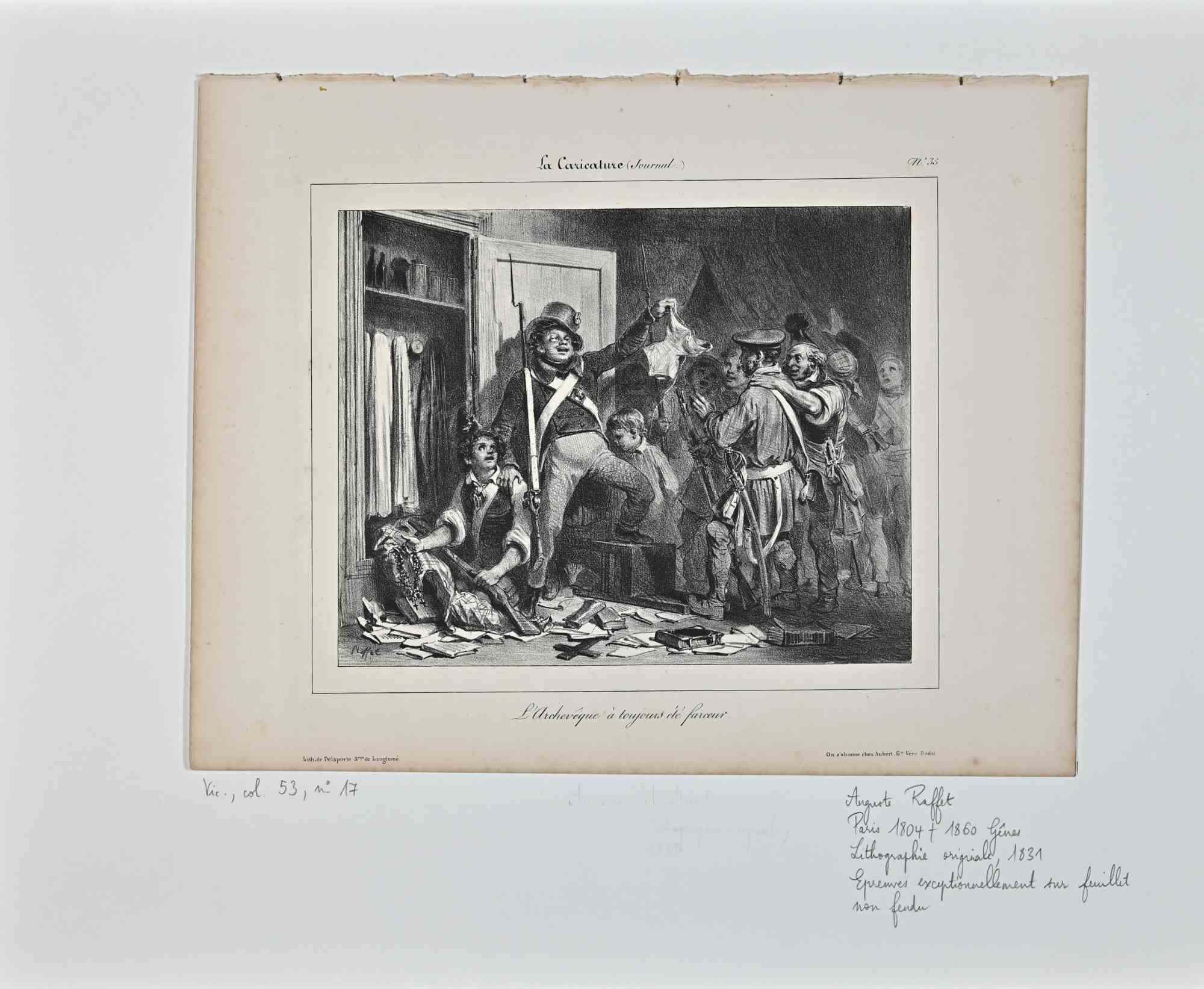
The Caricature
Auguste Raffet
Lithograph
260€
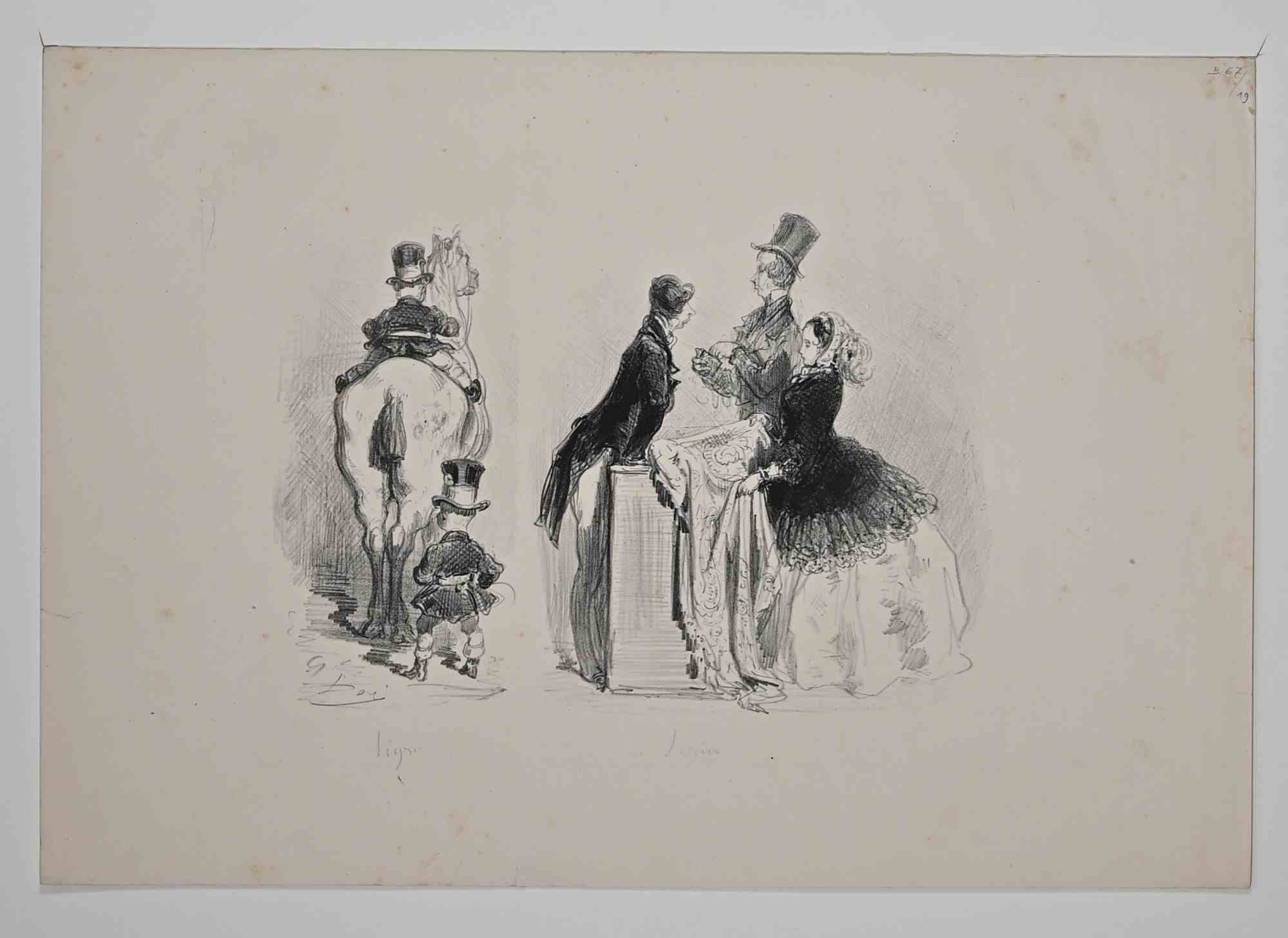
Ménagerie Parisienne - SOLD
Gustave Doré
Lithograph
380€
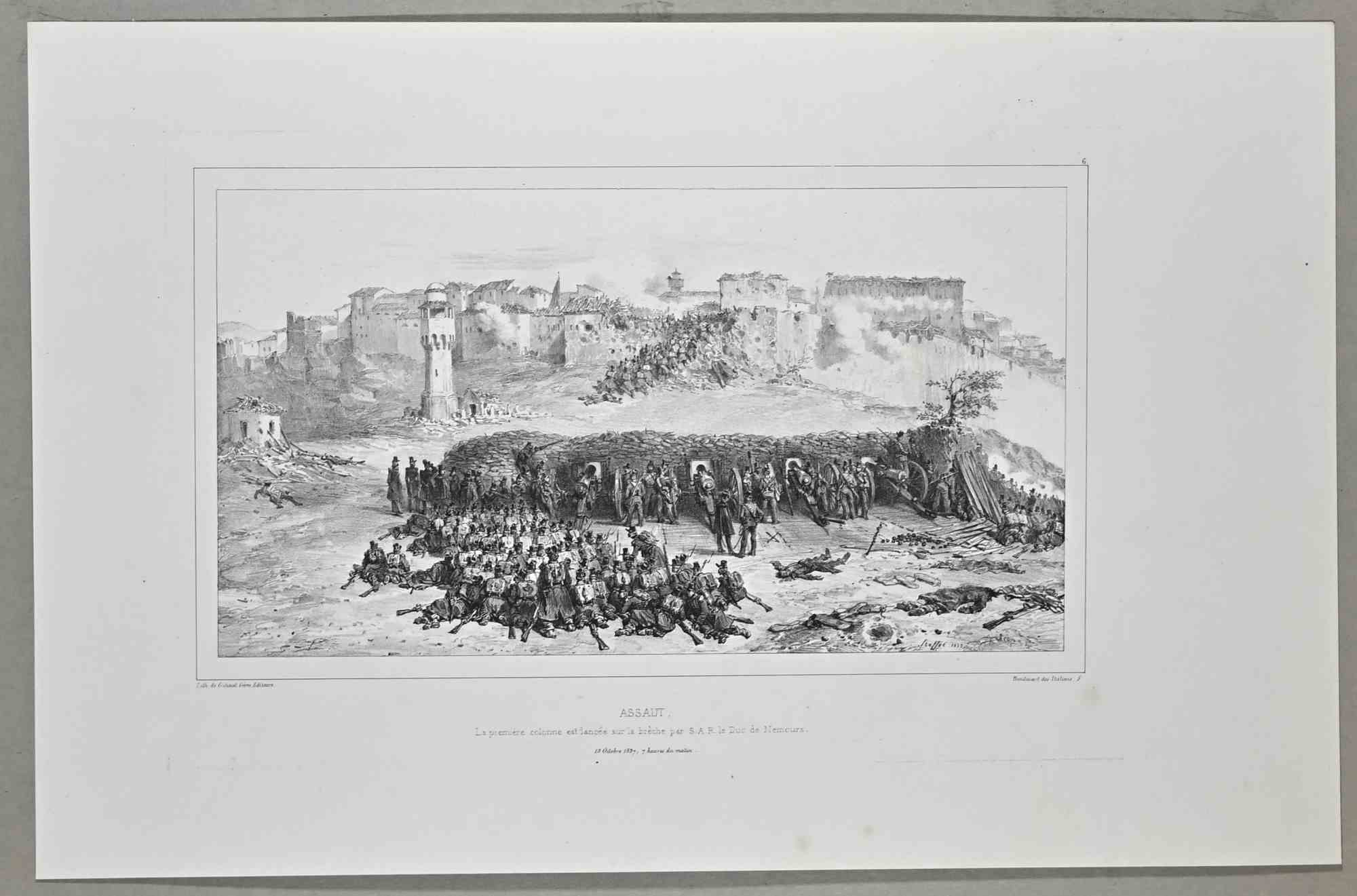
Assaut
Auguste Raffet
Lithograph
360€
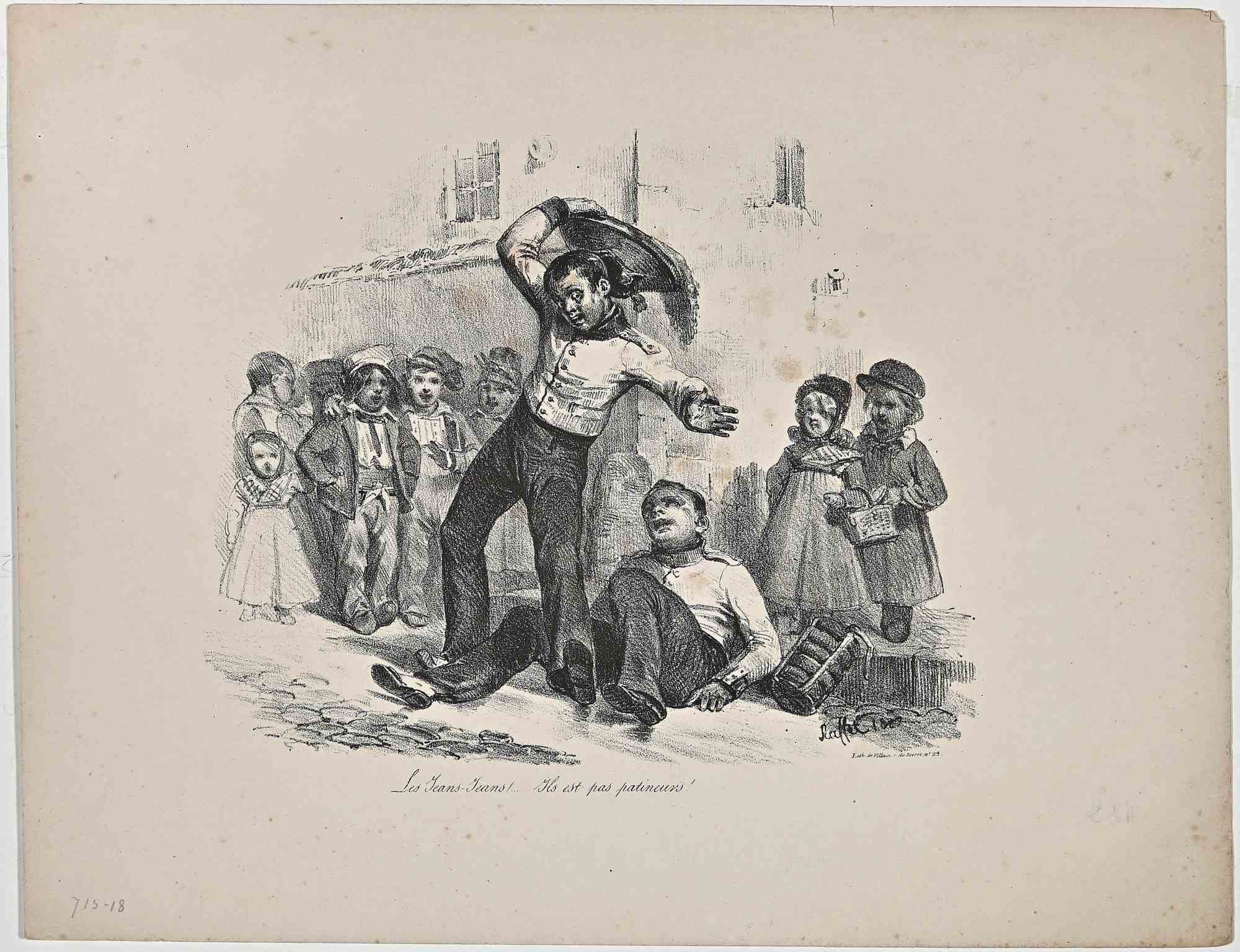
Les Jeans-Jeans
Auguste Raffet
Lithograph
150€
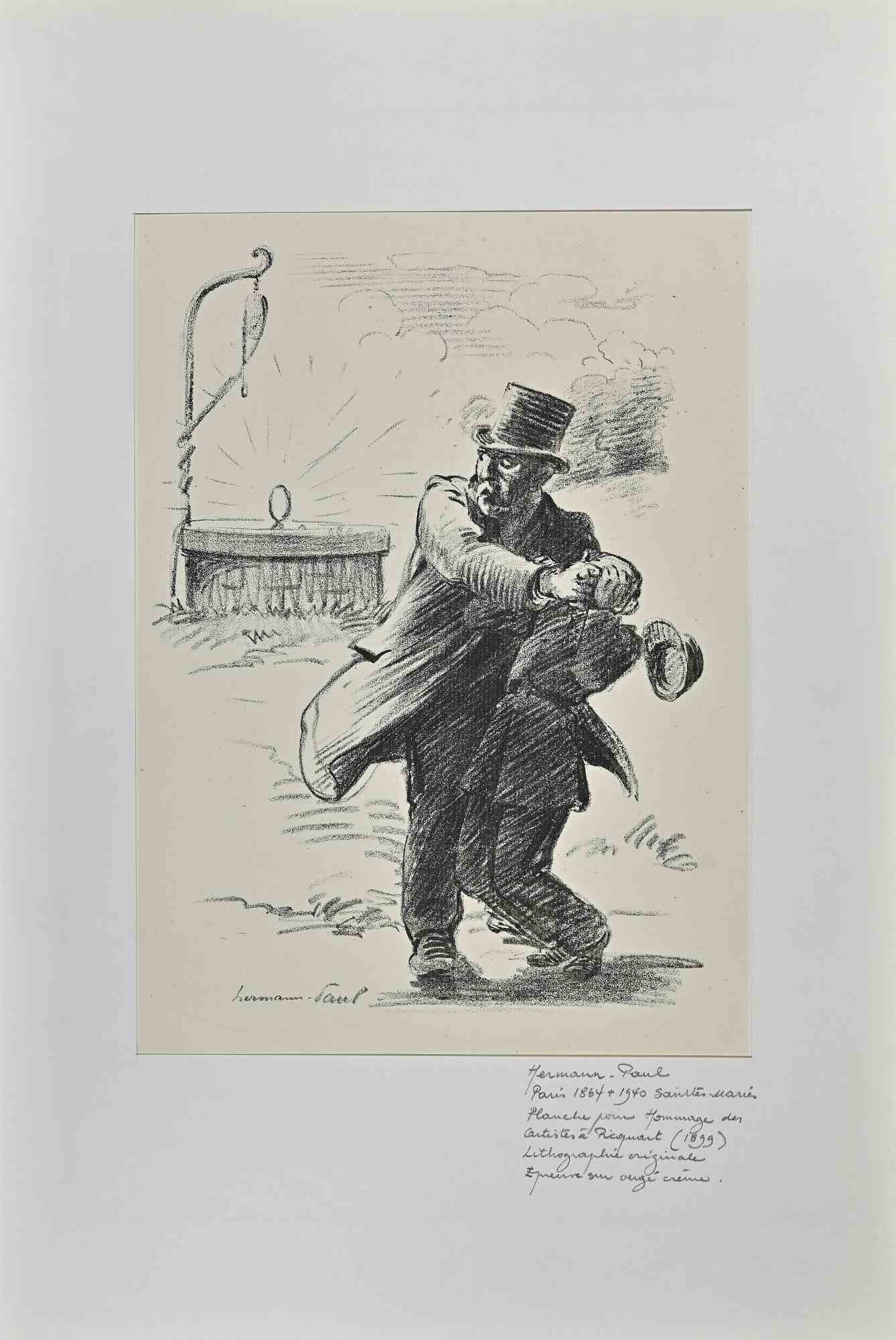
Hommage des Artistes à Picquart
Hermann Paul
Lithograph
380€
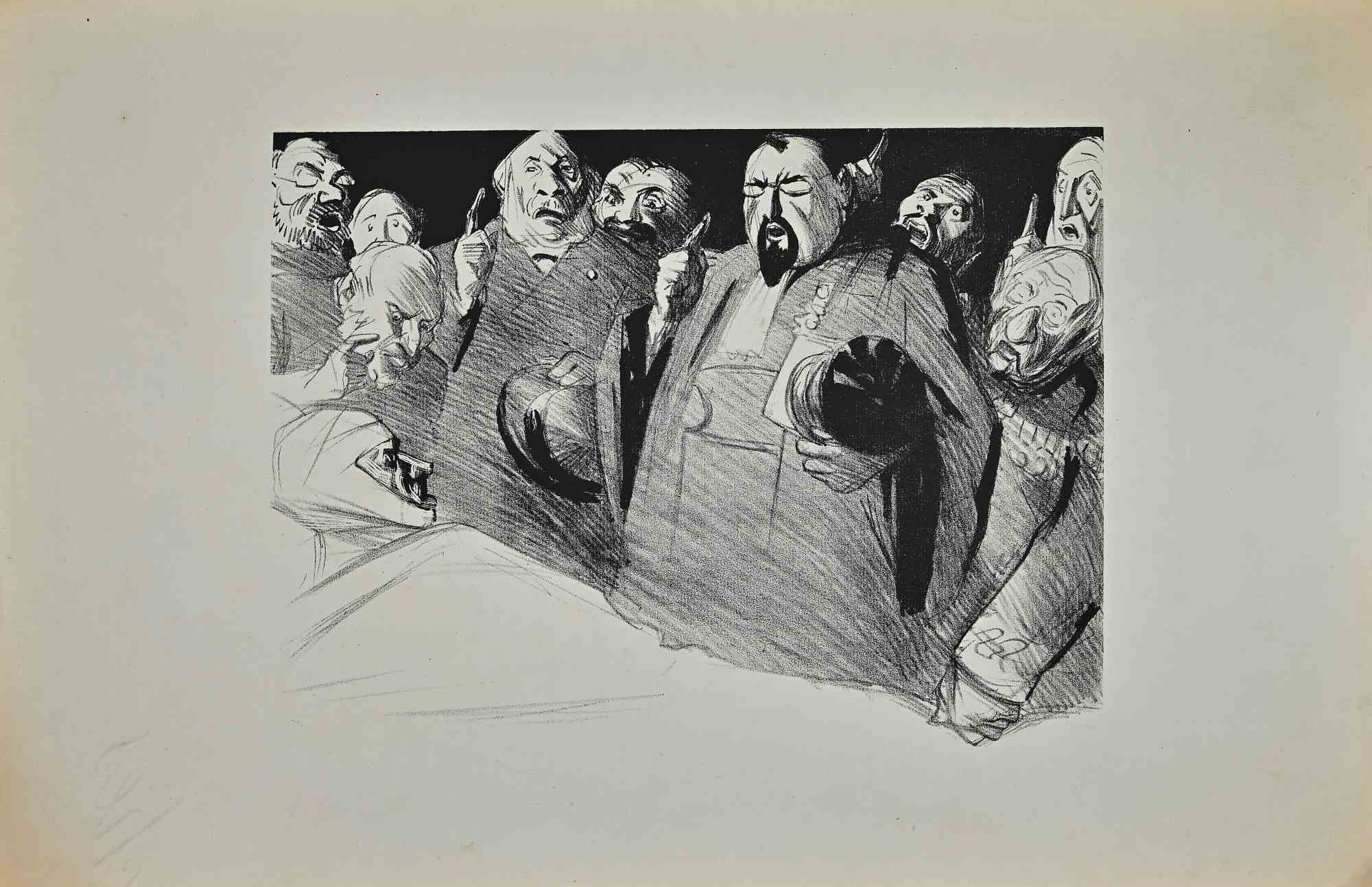
Beyond Reproach
Hermann Paul
Lithograph
380€
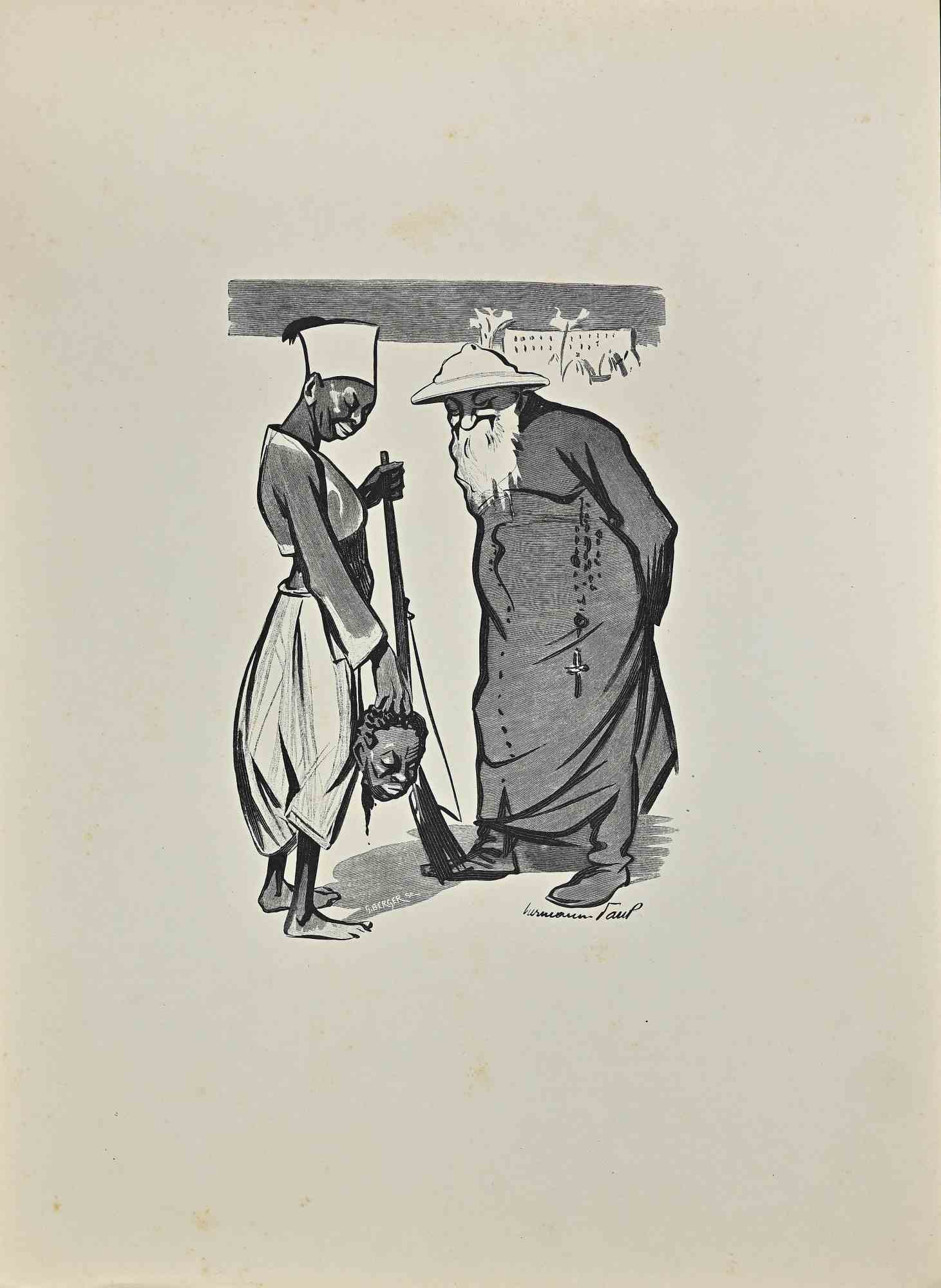
Colonialism
Hermann Paul
Lithograph
280€
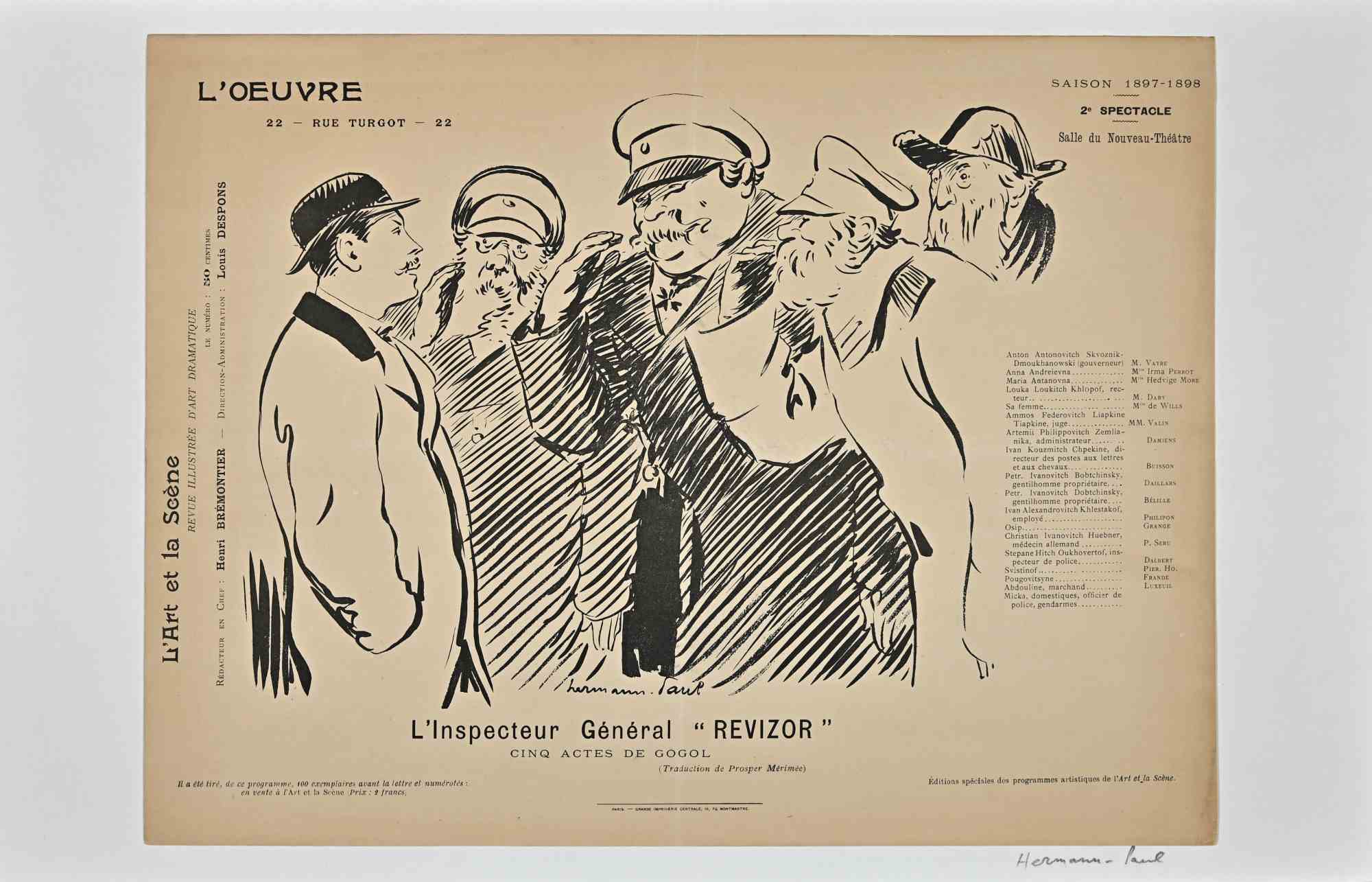
L'Inspecteur Général "Revizor"
Hermann Paul
Lithograph
280€
